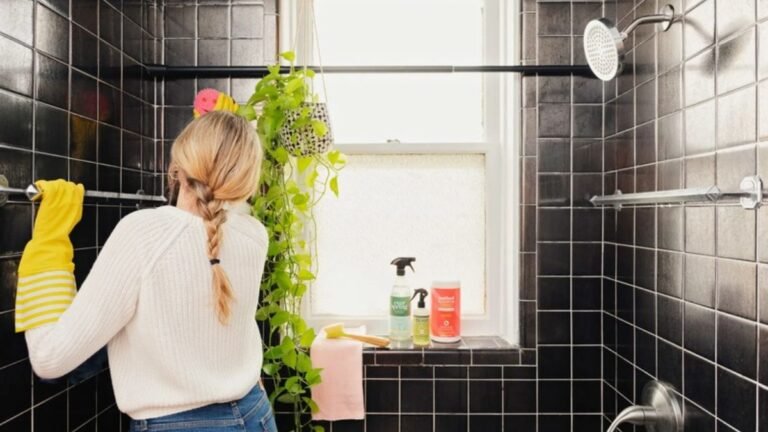Keeping your house pleasant and healthy requires handling mold before it becomes severe. Mold can stealthily infiltrate your living spaces, causing harm to structures and posing health dangers because it commonly lurks in unseen places.
The presence of mold compromises the aesthetics and integrity of your home and the well-being of its inhabitants. Mold spores can exacerbate allergies, trigger respiratory issues, and lead to chronic health problems if left unaddressed. Identifying potential hotspots for mold growth and implementing preventative measures ensures your home remains a safe and pleasant place for you and your family.
Table of Contents
Introduction to Mold and Its Hidden Havens
Mold is a persistent and often overlooked issue in many households. It thrives in damp, dark environments, making basements, attics, and wall cavities ideal breeding grounds. Even though tiny mold levels might appear innocuous, they can cause considerable health hazards and substantial structural damage over time. The first line of defense against mold growth is to recognize its preference for both wetness and concealment.
Many people underestimate mold’s impact, mainly when it spreads unnoticed. Even if you can’t see it, mold releases microscopic spores into the air, potentially triggering allergies and other health issues. By recognizing the conditions that encourage mold growth, you can implement strategies to mitigate its development and safeguard your home and health. For those already grappling with serious mold issues, professional services like mold removal Seattle might be essential. Whether you’ve already experienced mold in your home or wish to prevent it, understanding how to keep it at bay is crucial.
Identifying Mold-prone Areas in Your Home
One of the most crucial aspects of combating mold is recognizing where it takes hold. Often damp and dark, basements provide the perfect conditions for mold to thrive. Similarly, attics, especially those with poor ventilation or roof leaks, can harbor mold colonies. Homeowners should regularly inspect these areas, looking for signs such as musty odors, visible mold, or water stains.
Hidden areas, such as the backs of closets and behind furniture, can accumulate moisture, making them prime locations for mold growth. A proactive approach includes periodically rearranging thick, heavy furniture and ensuring air circulates freely throughout your home. This vigilance can prevent problems and keep your living space mold-free.
Simple Steps to Reduce Moisture Levels
Controlling moisture is fundamental to preventing mold. Start by immediately fixing any leaks in the plumbing or roof. Dripping taps or leaking roofs create moist conditions perfect for mold to flourish. Dehumidifiers can also help maintain indoor humidity below 60%, significantly limiting mold’s growth ability.
Beyond fixing leaks, consider using absorbent materials in problem areas. Rugs or carpeting can trap moisture, so opt for tiles or waterproof flooring in moisture-prone zones. Ensure clothes dryers are vented outside, reduce the number of indoor plants, and regularly clean and empty drip pans in HVAC systems. These straightforward precautions can significantly decrease moisture levels within your home.
Regular Maintenance and Inspections
Commit to a regular maintenance routine to spot mold before it spreads. This routine includes checking for leaks, especially around windows and under sinks, where water buildup may go unnoticed. Clean your gutters and downspouts regularly to prevent water accumulation that might lead to excess moisture near foundational walls.
Regularly inspect the insulation in your home, as damp insulation can provide additional opportunities for mold to root. By implementing these precautionary steps, you can drastically lower the possibility of unpleasant mold surprises, maintaining the safety and health of your living areas.
Utilizing Mold-resistant Materials
If you’re thinking about remodeling or creating a project, it can be worthwhile to invest in mold-resistant materials. Mold-resistant paints and drywall are perfect for places like bathrooms and basements with high humidity levels because they contain chemicals that prevent mold from growing.
These materials are often slightly more expensive than conventional options but can save on costs related to mold damage repairs. Their incorporation during renovations or constructions enhances your ongoing battle against mold, providing peace of mind while preserving your home’s structure and appearance.

